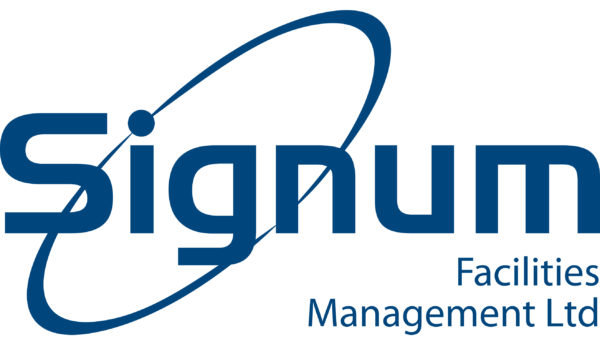Jill Wood, Managing Director, Signum Facilities Management

I am managing director of Signum Facilities Management based in Doncaster.
What does that involve, look like on a day-to-day basis?
There isn’t a typical day in facilities management, but one of my main tasks is to ensure that the team are happy and have everything that they need to fulfil their jobs.
Business development and ensuring that we are on track to meet our targets is a large part of my day whether that is sales activity, reviewing forecasts, key account meetings or on-site checking progress. I think it’s important for a managing director to understand every part of their business in order to develop the long-term strategy and vision for the future.
I’m often involved in one of my non-executive director roles, too.
How did you get started working in STEM?
To be honest is chose me really! I had been working in the NHS for a number of years mainly in governance and performance when an opportunity came up for a six-month secondment as facilities manager for the first tranche of PFI health centres in the area, it sounded interesting, so I applied and was successful, Six months soon turned into years. I quickly realised that no two days are the same and I was hooked!
I then came across an opportunity to move into a small local business to work as facilities director and took the plunge, unfortunately the company didn’t survive, and I found myself facing a situation of unemployment. A mentor at the time told me that if I didn’t try to continue in the commercial sector by setting up a business, I would kick myself in years to come and nine years later we are still growing and I’m still learning.
What qualifications did you take or gain along the way?
I have a NEBOSH qualification and took a BIFM (now IWFM) course in understanding facilities management in my early career. However, essentially it has been my hard work, a questioning mind and determination that has got Signum to where it is today. I am also a firm believer in CPD and investing in your own professional development so am always looking for ways to build on my knowledge and skill in STEM and the facilities management sector in particularly.
Why do you love working in STEM?
Every day is a school day! I love a challenge and no two days are the same. There are so many transferrable skills that are utilised in STEM from project management to problem solving and customer service, for me it’s a sector that has it all.
What challenges have you faced in your career? And how have you overcome them?
From a business perspective, finding good people is always a challenge – there is a skills shortage, across all industries but particularly engineering staff, this will be one of our biggest challenges to growth in the future. The cost v quality debate too, for some sectors it is still incredibly hard to building the loyalty as increased austerity takes over.
Personally, being taken seriously as a woman in a male dominated sector when I first stepped into STEM was a constant battle. There was almost a ‘don’t worry your pretty little head about that’ mentality in meetings and anyone who knows me will know that just spurred me on to prove a point – women are capable and deserving of any seat at the table.
What advice would you offer for someone joining the STEM sectors?
Listen and learn, there are fantastic learning opportunities around now from apprenticeships and degrees, but the knowledge gained from peers is invaluable. Don’t be afraid to try something new – I took a step from a role in NHS governance and performance as a secondment and have never looked back, every day is a challenge, and the rewards are too.
What do we need to do as an industry to attract and keep more women in STEM?
The number of women has increased in STEM careers and that is refreshing but we need to shout about the pathways that are available to our future workforce. We need more interactions not only at a secondary education level but also primary – this is where we dream of what we want to be when we grow up and where we can influence hearts and minds as positive role models. We need to give girls the courage and confidence to step into STEM and see just how rewarding it can be.
